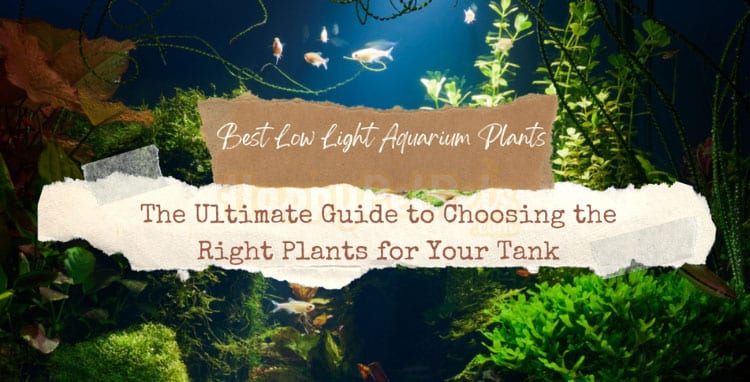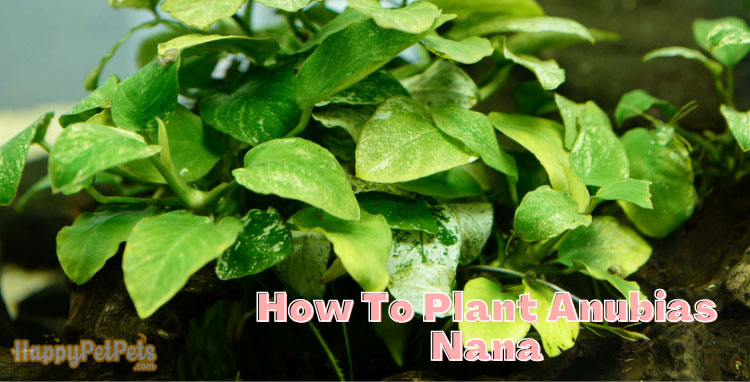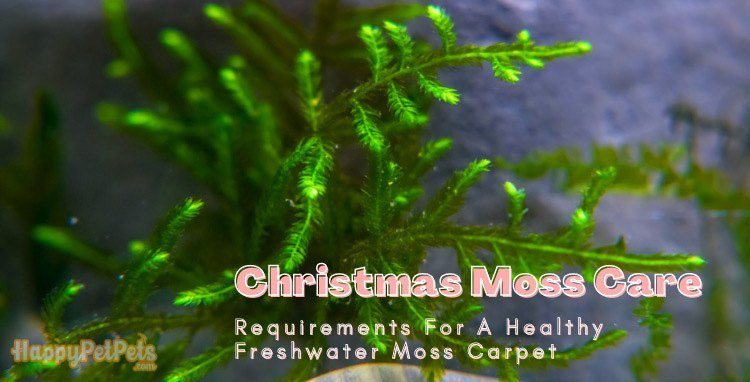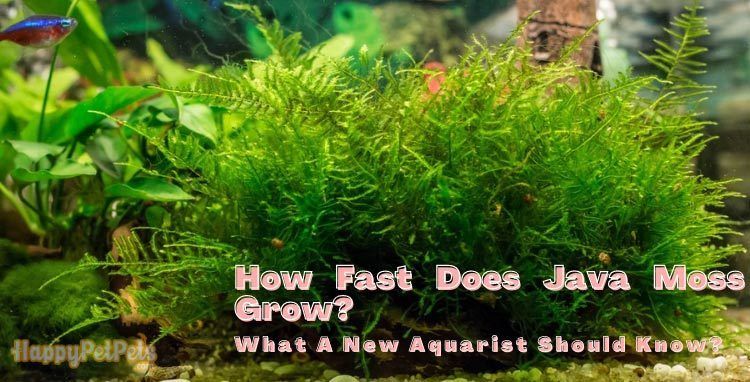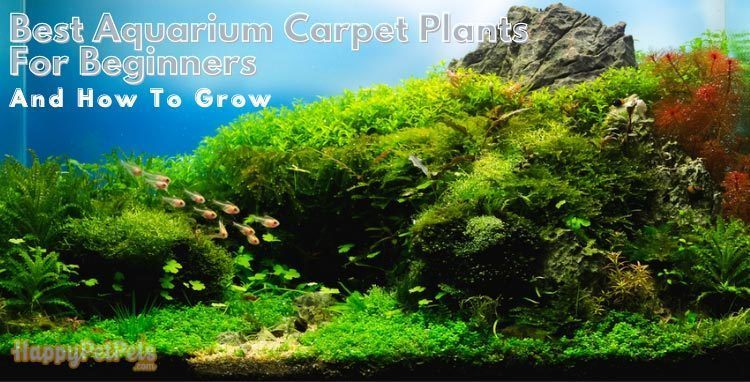Aquarium plants are an essential part of creating a healthy and aesthetically pleasing environment for fish and other aquatic animals. Low light aquarium plants are especially important for aquariums with limited light, providing essential benefits such as oxygenation and nutrient cycling. In this article, we will explore the top 5 best low light aquarium plants, as well as additional options, to help aquarium hobbyists choose the right plants for their tanks.
Whether you’re new to the world of aquarium plants or a seasoned enthusiast, this guide will provide valuable information on the benefits, types, and care of low light aquarium plants. So, let’s dive in and discover the best low light aquarium plants to enhance the beauty and health of your aquatic ecosystem!
Benefits of Low Light Aquarium Plants
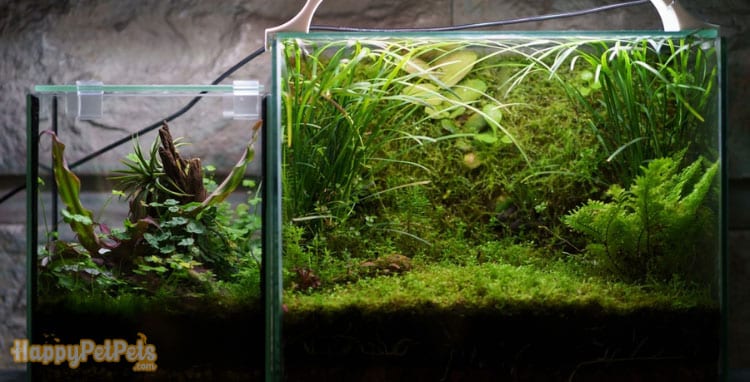
Creating a Low-Maintenance Miniature Garden with Closed Florarium in a Sealed Mini-Greenhouse
Low light aquarium plants provide numerous benefits to the aquarium ecosystem, including:
- Oxygenation:Low light aquarium plants are essential for providing oxygen to the aquarium water. They absorb carbon dioxide from the water and release oxygen through photosynthesis, which helps to maintain healthy oxygen levels for the fish and other aquatic animals in the tank. In low light conditions, the plants photosynthesize more slowly, but still contribute to the overall oxygenation of the aquarium.
- Nutrient cycling: Low light aquarium plants absorb excess nutrients from the water, such as nitrogen and phosphorus, which helps to reduce the growth of harmful algae in the aquarium. The plants use these nutrients for their own growth, creating a more balanced and stable aquatic environment. Without plants to absorb excess nutrients, harmful algae can thrive and harm the health of the aquarium.
- Aesthetics: Low light aquarium plants are not only functional, but they also add beauty to the aquarium. They come in a variety of colors, textures, and shapes, and can be used to create different landscapes and hiding places for fish. They also provide a more natural environment for the fish and other aquatic animals, reducing stress and promoting overall health.
- Stress reduction: Low light aquarium plants can help reduce stress in fish by providing them with a more natural and familiar environment. They offer hiding places and shelter for the fish, which can make them feel safer and more comfortable. Reduced stress can lead to healthier and happier fish that are more active and less susceptible to disease.
- Carbon dioxide regulation: Low light aquarium plants help regulate carbon dioxide levels in the aquarium. During the day, they absorb carbon dioxide and release oxygen through photosynthesis. At night, they respire and release carbon dioxide. This cycle helps to maintain a stable level of carbon dioxide in the aquarium, which is essential for the health of the fish and other aquatic animals.
Overall, low light aquarium plants are essential for maintaining a healthy and balanced aquarium ecosystem. They provide essential benefits such as oxygenation, nutrient cycling, aesthetics, stress reduction, and carbon dioxide regulation. By adding low light aquarium plants to your aquarium, you can enhance the beauty and health of your aquatic ecosystem.
Top 5 Best Low Light Aquarium Plants
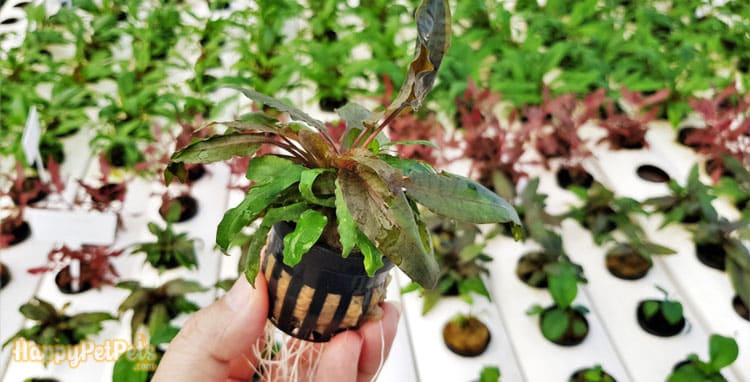
Growing Aquatic Plants with Hydroponic Systems in a Greenhouse Environment
If you are looking for the best low light aquarium plants to add to your aquarium, consider these top 5 options:
- Java Moss (Taxiphyllum barbieri): Java Moss is a versatile and hardy plant that can thrive in low light aquariums. It can attach to rocks, driftwood, and other surfaces and grows quickly to create a lush green carpet. Java Moss also provides hiding places for fish and shrimp, making it a popular choice for aquascapes.
- Anubias (Anubias barteri): Anubias is a slow-growing plant that is perfect for low light aquariums. It is available in many varieties, including Anubias barteri, Anubias nana, and Anubias coffeefolia. Anubias can be attached to rocks or driftwood, and its broad leaves provide a beautiful contrast to other plants in the aquarium. Anubias is also very hardy and can tolerate a wide range of water conditions.
- Java Fern (Microsorum pteropus): Java Fern is another popular low light aquarium plant that is easy to care for. It can be attached to rocks or driftwood, and grows slowly to create a beautiful, natural-looking aquarium. Java Fern also provides hiding places for fish and other aquatic animals, making it a great addition to any aquascape. Java Fern is very hardy and can tolerate a wide range of water conditions.
- Cryptocoryne (Cryptocoryne wendtii): Cryptocoryne is a hardy and versatile low light aquarium plant that comes in many different varieties. It is a slow-growing plant that can be used to create a natural-looking aquarium, and its long, narrow leaves provide a beautiful contrast to other plants in the aquarium. Cryptocoryne is also very hardy and can tolerate a wide range of water conditions.
- Water Sprite (Ceratopteris thalictroides): Water Sprite is a fast-growing low light aquarium plant that is ideal for beginners. It can be floated on the surface of the aquarium or planted in the substrate, and its delicate leaves create a beautiful, natural look. Water Sprite also provides hiding places for fish and other aquatic animals.
Additional Low Light Aquarium Plants
Apart from the top 5 best low light aquarium plants, there are many other plants that can thrive in low light conditions. Here are some additional low light aquarium plants to consider for your aquarium:
- Hornwort (Ceratophyllum demersum): Hornwort is a floating plant that can survive in low light conditions. It is very easy to care for and can be anchored to the bottom of the aquarium or allowed to float on the surface. Hornwort provides hiding places for fish and also helps to absorb excess nutrients from the water.
- Water Sprite (Ceratopteris thalictroides): Water Sprite is a fast-growing plant that can adapt to low light conditions. It can be anchored to the bottom of the aquarium or allowed to float on the surface. Water Sprite provides a beautiful contrast to other plants in the aquarium and also helps to oxygenate the water.
- Cryptocoryne parva: Cryptocoryne parva is a small low light aquarium plant that is ideal for small aquariums. It is very easy to care for and can be planted in the substrate. Cryptocoryne parva provides a beautiful contrast to other plants in the aquarium and also provides hiding places for fish and shrimp.
- Marimo Moss Balls (Aegagropila linnaei): Marimo Moss Balls are unique low light aquarium plants that are easy to care for. They can be placed directly in the aquarium without any planting or anchoring. Marimo Moss Balls provide a unique aesthetic to the aquarium and also help to absorb excess nutrients from the water.
- Water Wisteria (Hygrophila difformis): Water Wisteria is a versatile low light aquarium plant that can grow both submerged and emersed. It can be anchored to the bottom of the aquarium or allowed to float on the surface. Water Wisteria provides a beautiful contrast to other plants in the aquarium and also helps to oxygenate the water.
These low light aquarium plants are easy to care for, provide hiding places for fish and other aquatic animals, and can tolerate a wide range of water conditions. Adding these plants to your aquarium can help create a beautiful and healthy aquatic environment for your pets.
This video provides a great overview of some easy-to-care-for low light aquarium plants, including Java Fern and Anubias.
Tips for Maintaining Low Light Aquarium Plants

Tips for Maintaining Low Light Aquarium Plants
Maintaining low light aquarium plants can be easy if you follow some simple guidelines. Here are some tips to keep your low light aquarium plants healthy and vibrant:
- Choose the right plants: When selecting low light aquarium plants, choose plants that are suitable for your aquarium’s size, lighting, and water conditions. Research the plants’ growth habits and ensure they won’t outgrow your aquarium or require more light than you can provide.
- Provide adequate lighting: While low light plants require less light than other aquarium plants, they still need some light to thrive. Ensure your aquarium has a suitable light source that provides enough light for the plants to grow. Consider using LED lights as they are energy-efficient and can provide the right amount of light for low light plants.
- Use the right substrate: Choosing the right substrate is crucial for low light aquarium plants. A nutrient-rich substrate can help the plants grow faster and healthier. Avoid using gravel or sand as they don’t provide enough nutrients for the plants. Instead, opt for a nutrient-rich substrate specifically designed for aquarium plants.
- Regularly prune the plants: Regular pruning can help keep low light aquarium plants healthy and prevent them from overcrowding the aquarium. Remove any dead or dying leaves, stems or roots, and trim the plants to the desired size and shape.
- Add nutrients: Low light plants require less nutrients than other aquarium plants, but they still need some nutrients to grow. Consider adding liquid fertilizer or root tabs to the substrate to provide the plants with essential nutrients such as iron, potassium, and nitrogen.
- Maintain water quality: Maintaining good water quality is essential for the health of low light aquarium plants. Test the water regularly to ensure the pH, temperature, and other parameters are within the optimal range for the plants. Perform regular water changes to keep the water clean and clear of any harmful substances.
Conclusion
Low light aquarium plants are an excellent addition to any aquarium, providing a lush and natural environment for fish and other aquatic creatures. With their easy-to-maintain nature, these plants are perfect for beginner aquarists or those who prefer a low maintenance aquarium.In this article, we have discussed the benefits of low light aquarium plants, the different types available, and the top 5 best plants for your aquarium. We have also provided additional plant options and tips for maintaining low light aquarium plants.By following these tips, you can create a beautiful and healthy aquarium with minimal effort. Remember to choose the right plants for your aquarium, provide adequate lighting and substrate, regularly prune the plants, add nutrients, and maintain good water quality.We hope this article has been helpful in guiding you towards selecting the best low light aquarium plants for your aquarium and maintaining them for optimal health and growth.
Related topic:
- Fishkeeping World: 12 Low Light Aquarium Plants (That Are Easy to Grow):This article provides a list of 12 low light aquarium plants that are easy to grow and maintain, along with their benefits and care requirements.
- Aquarium Source: Top 10 Low Light Aquarium Plants:This article provides a list of top 10 low light aquarium plants along with their care requirements, growth habits, and benefits.
- My Aquarium Club: Best Low Light Aquarium Plants:This article provides a list of low light aquarium plants that are suitable for beginners and includes information on their benefits, care requirements, and compatibility with different fish species.

